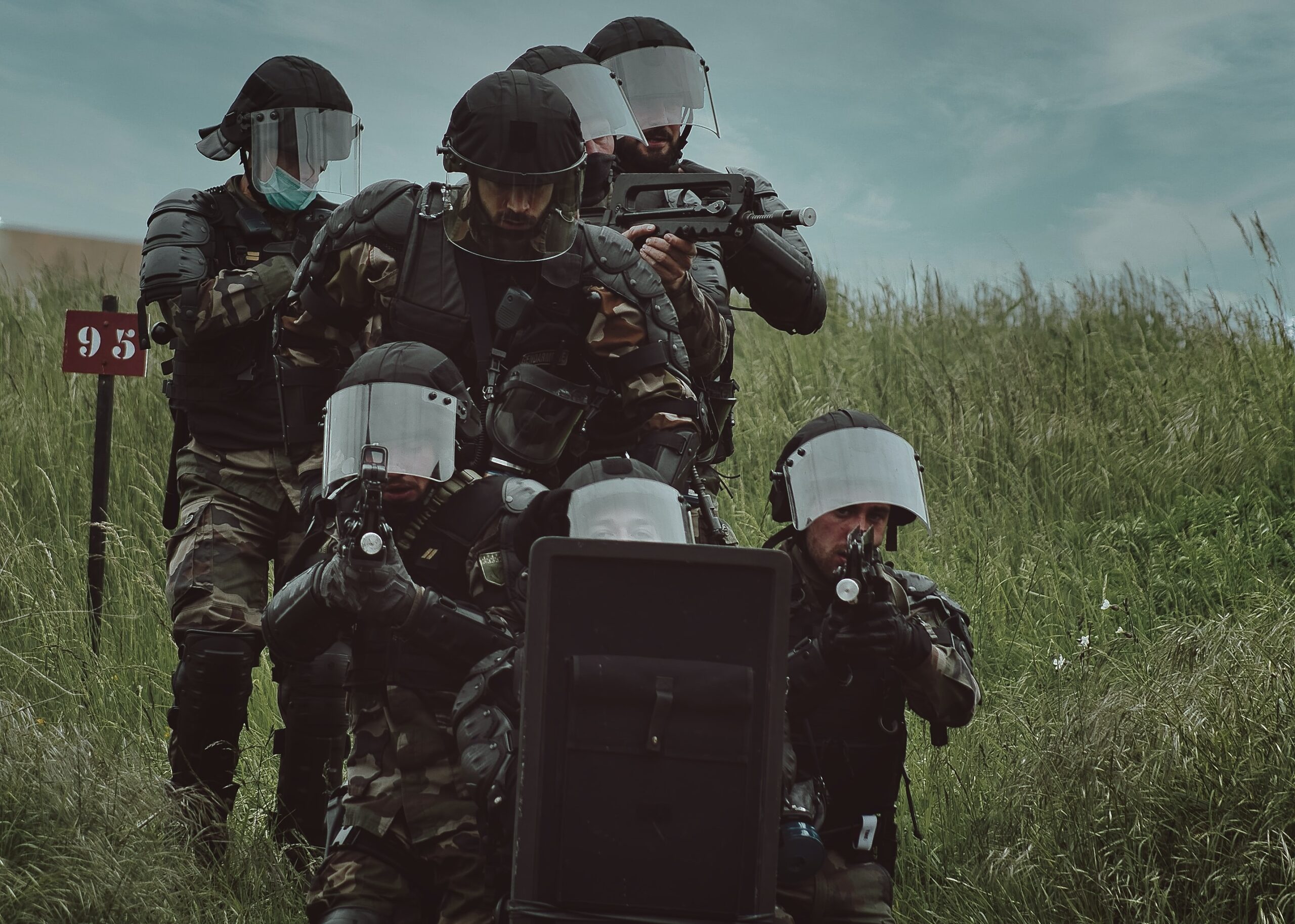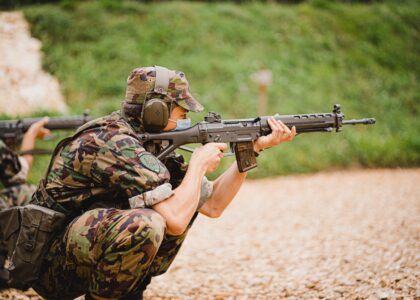When it comes to protecting yourself or those around you, it’s crucial to understand the different types of bulletproof shields available and their armor classes. As a member of the military, law enforcement, or security personnel, it’s essential to have the right equipment to ensure your safety and effectiveness in your line of duty. In this blog post, we’ll dive deep into the different bulletproof shield armor classes so you can make the best decisions for yourself and those you are protecting.
Before we discuss the various bulletproof shield armor classes, it’s essential to understand the standards of testing. The National Institute of Justice (NIJ) sets the standards for testing and evaluating ballistic-resistant equipment. The NIJ standard testing process involves firing different rounds at the armor plate until penetration occurs while measuring the velocities of the bullets and their impact forces. Based on the penetration, shields are classified into different levels – the higher the level, the higher the protection.
Level I: This bulletproof shield armor class is the least protective and only designed to handle small caliber firearms, such as a .22LR or a .380 ACP.
Level IIA: Soft body armor, within this class, can stop rounds from 9mm and is most suitable for protecting against non-penetrating bullets. It’s lightweight and comfortable to wear, but it only provides a low level of protection.
Level II: This class is heavier than the II-A class and provides ample protection against rounds from .357 magnums and 9mm pistols.
Level IIIA: The IIIA class is the most common armor shield used. It protects against most handgun rounds, making it perfect for law enforcement personnel. It’s heavier compared to the lower classes, but the protection is worth the extra effort.
Level III: This bulletproof shield armor class is intended for rifle ammunition, such as 7.62 mm NATO. It provides protection against high-velocity rounds and even multiple shots.
Level IV: This armor class provides the utmost protection against armor-penetrating rounds. It’s highly effective at stopping bullets from .30-06 and requires heavy-duty armor panels to withstand the force.
Now that we have covered all the different bulletproof shield armor classes, it’s essential to understand that there are different types and sizes of bulletproof shields available, each with its unique features and drawbacks. By understanding the different bulletproof shield armor classes, you can make an informed decision on which armor class you need to best protect yourself and those around you. As a military, law enforcement, or security personnel, protecting yourself and others is your top priority, and with the right bulletproof shield, you can do just that.
For more great articles, please click here.



